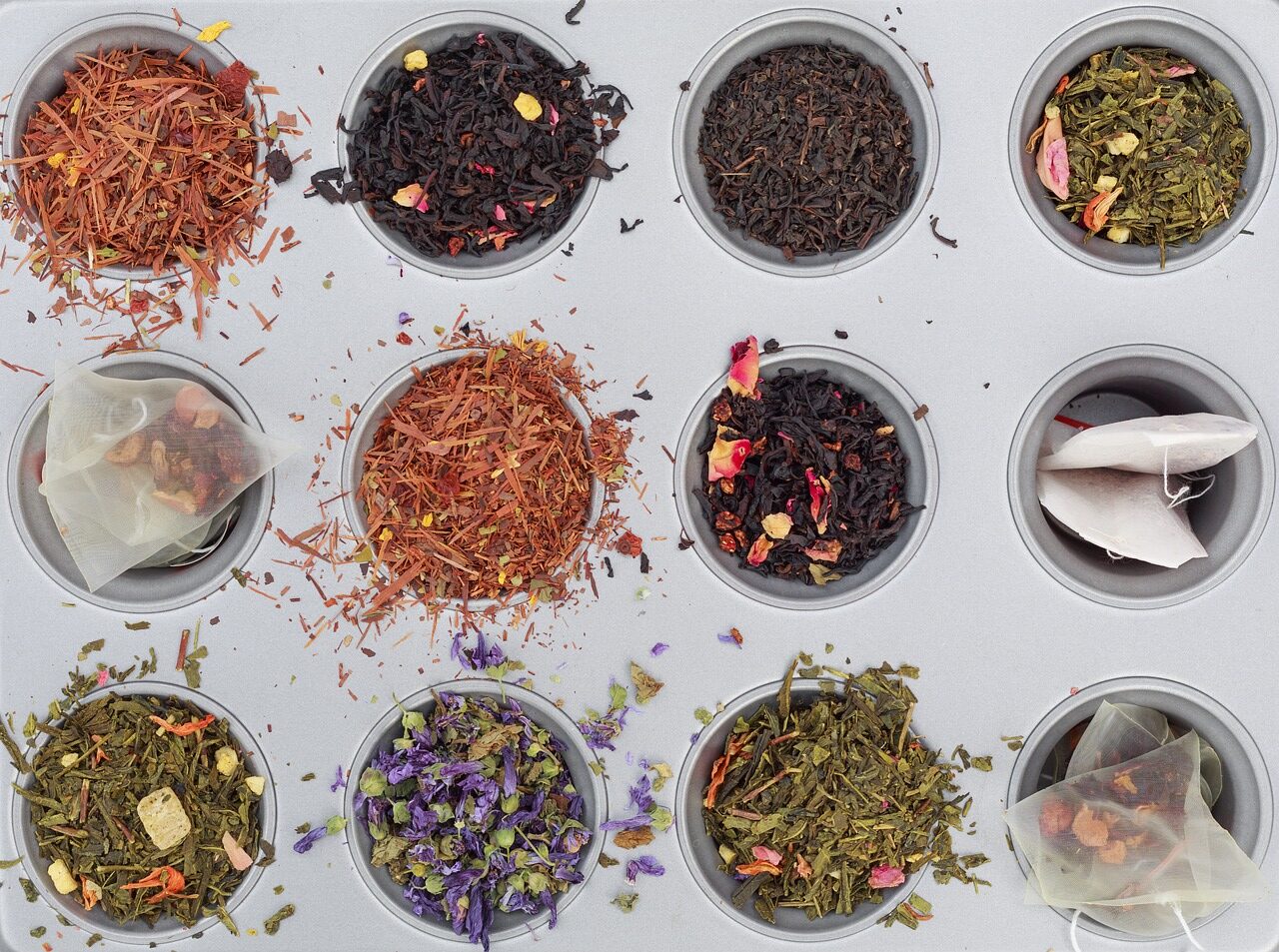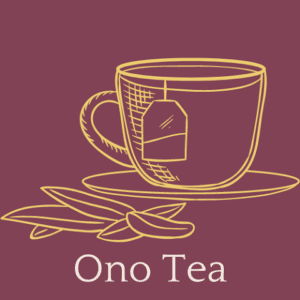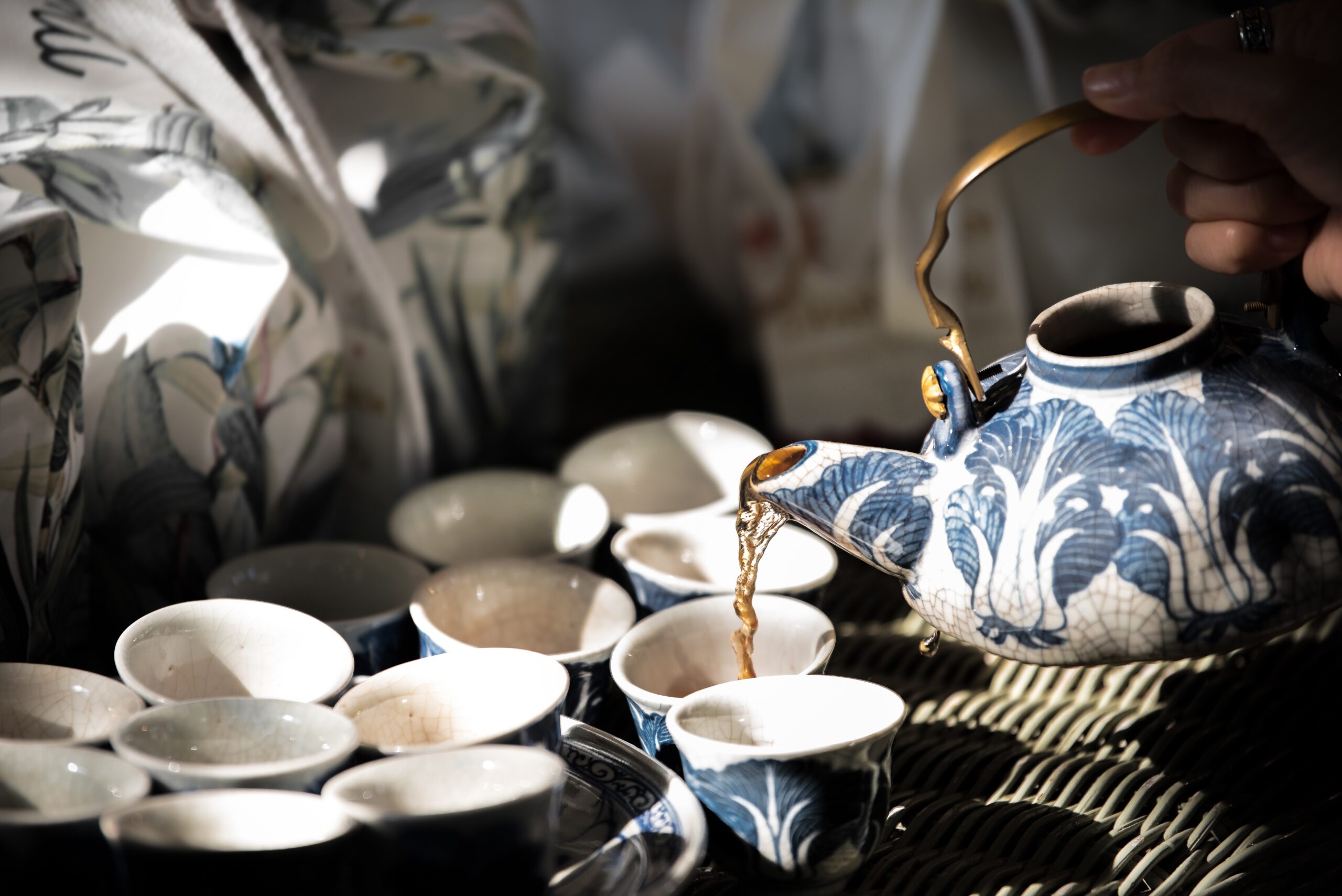Dynamic Oolong is an extraordinary type of tea. Its flavorful leaves slowly unravel to reveal more and more as they’re re-infused over time. Oolong tea is neither green nor black tea. It’s in a league of its own! I tell you, it’s truly a delight!
Steeping Oolongs in tiny, adjustable vessels provide a thrilling exploration of flavors! As a consumer, it’s like embarking on a journey and going through the process together. Let me give you the scoop—here’s how to get started!
Oolong Tea Brewing Temperature Guide
Ooh, how should you brew your Oolong tea? Well, we couldn’t be more clear: if you’re using a sachet, steep it for 3 minutes at an enjoyable 190°F. But! If you’re using those fancy loose-leaf teas, then treat yourself to the royal experience of small-pot brewing.
Making the perfect cup of Oolong green tea? Make sure you boil your water, then cool it off to 85 degrees for two minutes. When it’s ready, steep the leaves in there for 2–3 minutes if you’re making a lighter version. A darker variety needs more of a stew (3-5 minutes), but be careful not to leave them in too long; that’ll just make it astringent. Once that time is up, pull out the infuser and serve!

Why Tea Brewing Temperatures Make a Difference!
Brewing tea requires the water to be at precisely the right temperature—not too hot, not too cold. If you go too far on either end, your tea will suffer; boiling water can scald and burn the leaves.
But if you get your temps spot-on, then congrats! You’ll have flavorful goodness in that mug of yours, not to mention caffeine levels that aren’t wonky. Yeah, it really pays to take care of your water’s temperature when making tea!
Brewing green tea doesn’t always require special gadgets—think an electric tea pot and thermostats. Although convenient, people have been doing it without them for centuries! Simply watch your kettle as it heats; depending on which type of tea you’re making, it’s ready when the water starts to steam, rapidly froths up, or boils completely. See? Making a hot brew is totally possible without any fancy equipment!
What’s the Best Temperature to Brew Oolong Tea?
With black tea and Oolong tea, heat your water to around 85 degrees Celsius. Crank that temperature up to 100°C for loose-leaf infusions, but cool it down a bit for chamomile tea—70 °C should do the trick.
Brewing Oolong Tea: A Guide to Small-Pot Brewing
Small-pot brewing, or Gong Fu style, is the way to get the most out of ’em; it’s a practice that involves steeping them multiple times for multiple extractions.
Now, this definitely packs more of a punch than your average three- to five-minute steep! Plus, it gives you a chance to observe how the leaves actually change with each extraction—it’s fascinating!
Traditional Steeping
Brewing in a small pot is a ceremonial tradition that many use to explore the meditative and euphoric qualities of Oolong tea. Generally, these tiny pots are between 100 and 150 milliliters.
How long or how many times you steep your tea really depends on your particular preference, the grade of Oolong, and its morphology; tightly coiled leaves can take more extracts compared to merely contorted leaves. Generally, four to five steeps for 10–20 seconds each work well, with an additional 5–10 seconds between each subsequent steep, but playing around with infusion lengths can be fun!
Brewing Again
Oolong tea can be enjoyed up to five times! Building on the initial brew, increase each successive infusion by 30–60 seconds. Now that’s a good cuppa you won’t want to miss out on!
It’s all in the timing: you need to dial in just the right water temperature and brewing time for each oxidation level. For a less-oxidized brew, opt for a 90°C–95°C temperature, while higher oxidation levels should be brewed at 95°C–100°C. Experimenting with different temperatures is half the fun of exploring herbal teas’ mind-blowing flavors!
How to Brew The Perfect Cup Every Time
Wanna know how to brew the best cup of oolong tea? To get it just right, you’ve got to steep it properly. And while any teapot will do the job, a clay one tends to give you the best flavor. Who knew making good tea was so scientific?
Fill your teapot with hot water and put 2 to 5 grams of tea in it—the exact amount depends on how strong you like it! Then, splash a little steaming water over the leaves. This will help them soften up for a delightful cup of tea, plus it will give them a nice cleansing! Prepare to be swept away.
Pour about a cup and a quarter of steaming-hot water into the teapot. Then, quickly slap on the lid and let it steep for three to five minutes before serving it up. Enjoy your tea!
When it comes to making tea, the required temperature of the boiling water depends on the type you are brewing. For white Oolong teas, such as Oriental Beauty Oolong, you’ll need to let the water cool a bit; keep it around 80 to 85 degrees Celsius (175–185°F).
Ah, for that tantalizing flavor, the tea leaves must be unrolled. Perfect for Oolong tea, you can steep it a few times; just increase the brewing time each time. But watch out: don’t leave that beautiful brew lingering around in the pot too long; keep those leaves in there without any water until you’re ready to enjoy your next cup. Yup, only add hot water right before serving for ultimate deliciousness!
The Taste
Ready to dive into the world of Oolong? Whether you go for darker or milder, Taiwanese or Chinese, rolled or contorted, you’re in for an exciting journey into understanding these teas. Keep at it and explore different infusion times and temperatures, and be pleasantly surprised by the results, as these variables help shape the flavor in your cup!
Developing a taste for Oolong can broaden your palate and give you greater insight into choosing methods, oxidation levels, shapes, and tastes!
Is It Best to Have Oolong Tea Hot or Cold?
Ah, traditional Oolong tea—deliciously brewed with boiling water! But have you ever tried cold-water brewing? It’s a great alternative, especially in the scorching summertime. Plus, the benefits are fabulous! For starters, you get less caffeine and theine, as well as catechins – so your drink is sweeter and richer.
Conclusion
Learning how to brew tea is a science in itself! All it takes to determine the ideal temperature is knowing what type of tea you’re making. Of course, there are plenty of things to consider between those two extremes.

